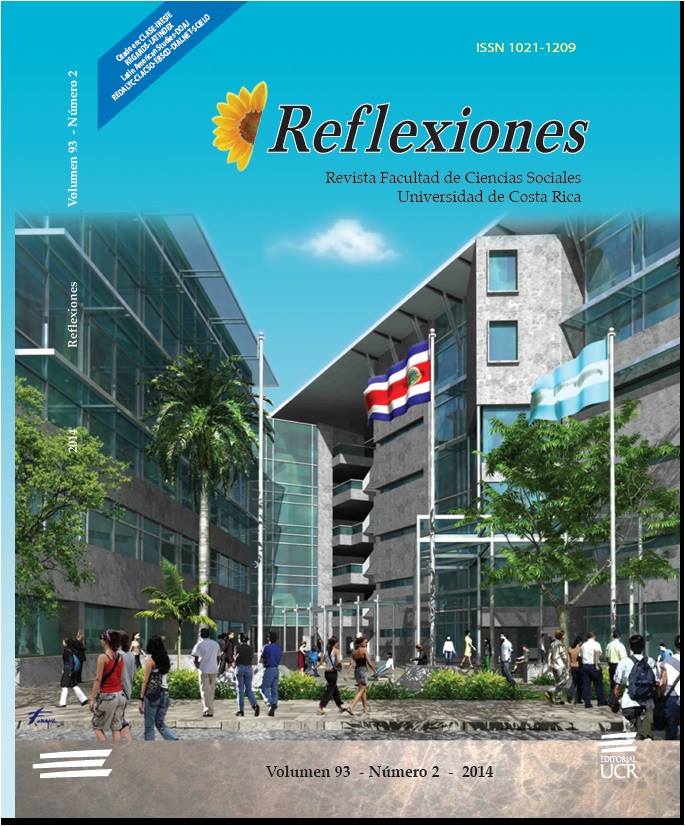Abstract
Costa Rica has a very high seismicity rate and geological processes are part of everyday life. However, formal educational programs and mainstream media have not yet found the appropriate way of educating the public on these topics, thus myths and misconceptions persist. Since 1982, the National Seismological Network of Costa Rica (RSN: UCR-ICE) studies the seismicity and volcanic activity in the country. With the increasing influence of social networks on information diffusion, the RSN has recently taken advantage of this new channel to report felt earthquakes and publish educational information related to Seismology. In this study, we analyze the demographics and geographic distribution of the RSN Facebook Page, the growth of followers, and the significance of their feedback. We observe that 70 % of the RSN users are between ages from 18 to 34. Moreover, we observe that certain regions of the country have more Facebook activity, although those regions are not the most populated nor have a high Internet connectivity index. We interpret this pattern as the result of a higher awareness to geological hazards in those specific areas. We see the RSN Facebook page as an opportunity to engage non-science audiences and encourage the population to participate in reporting seismic observations, thus providing intensity data. This new approach to science education might improve the understanding of geological processes and might positively alter the current perception towards natural hazards in Costa Rica.Comments
Downloads
Download data is not yet available.

